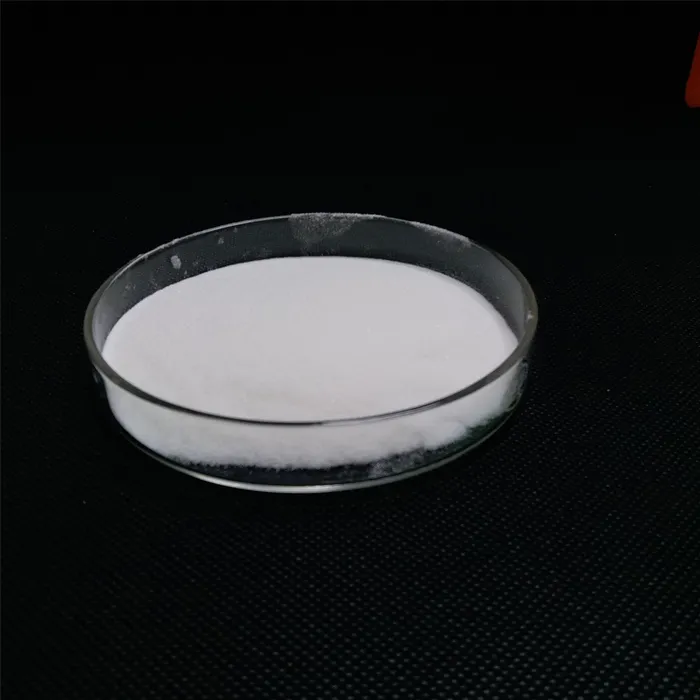PAM Chemical for Water Treatment An Overview
Polyacrylamide (PAM) is a synthetic polymer widely used in various applications, particularly in water treatment processes
. Its unique properties, such as high molecular weight and excellent flocculation abilities, make it an ideal choice for improving water quality in industrial and municipal settings.One of the primary applications of PAM in water treatment is as a flocculant. Flocculation is the process where fine particles clump together to form larger aggregates, known as flocs. These flocs can then be easily removed from water through sedimentation or filtration. PAM facilitates this process by neutralizing the charges of suspended solids, allowing them to aggregate more efficiently. This is especially useful in treating wastewater, where suspended organic matter, heavy metals, and other pollutants are prevalent.
The effectiveness of PAM in water treatment depends on its molecular weight and the degree of hydrolysis. High molecular weight PAM is particularly effective for flocculating larger particles, while partially hydrolyzed forms are better suited for colloidal particles. The versatility of PAM allows for tailoring the polymer to meet specific treatment needs, such as clarifying drinking water, enhancing sedimentation in sewage treatment, and dewatering sludge.
In addition to its flocculation properties, PAM also helps in reducing the overall chemical oxygen demand (COD) of wastewater. By removing suspended solids and colloidal matter, PAM contributes to lowering the pollution load and improving the overall efficiency of treatment processes. This helps in meeting regulatory standards for effluent discharge and contributes to environmental sustainability.
pam chemical for water treatment

Another significant advantage of using PAM in water treatment is its cost-effectiveness. Compared to traditional coagulants like aluminum sulfate or ferric chloride, PAM often requires lower dosages to achieve desired results. This can lead to reduced chemical costs and lower operational expenditures for water treatment facilities.
However, the use of PAM is not without challenges. The potential for toxicity under certain conditions raises concerns about its environmental impact. It is crucial to monitor the dosage and degradation of PAM in treated waters to ensure that it does not adversely affect aquatic life or water quality downstream.
Furthermore, the handling and application of PAM must be done with care. Operators must be trained to ensure proper mixing, dosing, and environmental safety practices. Adequate measures should be taken to prevent any spills, as PAM can form gels and create further complications if not handled properly.
In conclusion, PAM is a valuable tool in the water treatment industry, offering effective solutions for flocculation and overall water quality improvement. Its unique properties enable the efficient removal of pollutants, contributing to cleaner water for various applications. Despite the challenges associated with its use, proper management and monitoring can maximize its benefits while minimizing environmental risks, making PAM an essential component in modern water treatment strategies.

